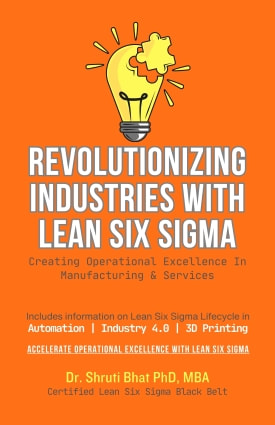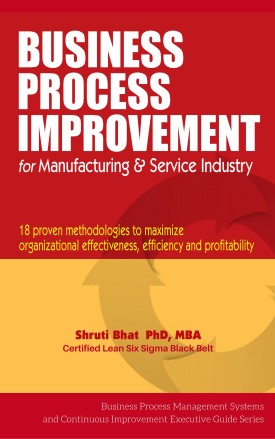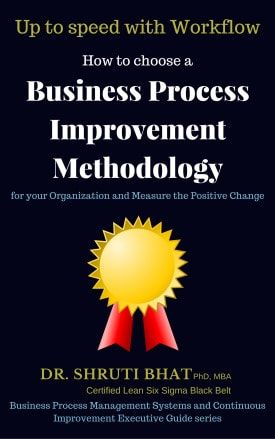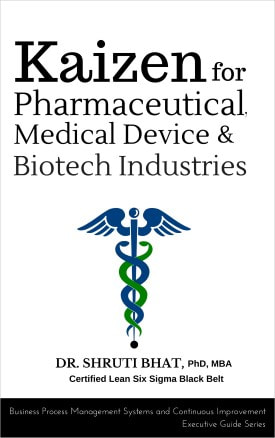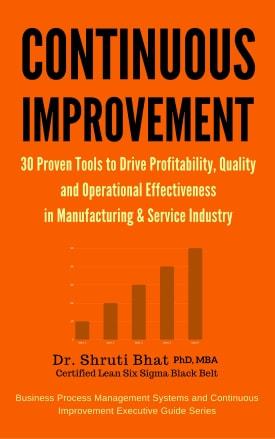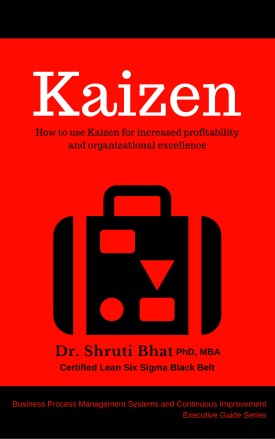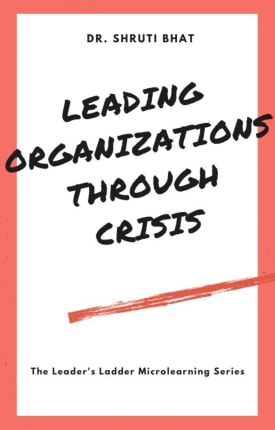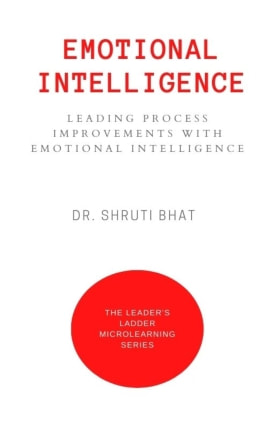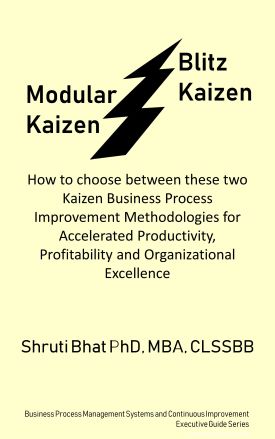There are a number of injectables depot formulations on the market e.g. Penicillin & Procaine suspensions (Duracillin Squibb); medroxyprogesterone acetate suspension (Depo-Provera, Upjohn) ; Fluphenazine enanthate and decanoate in oil solutions (Prolixin enanthate and Prolixin decanoate; Squibb) ; ACTH - Zn tannate / gelatin preparation (H.P. Acthar, Armour); Microcrystalline deoxycorticosone pivalate in oleaginous suspension (Percortan pivalate; Ciba); Testosterone enanthate (Delasteryl; Squibb); Testosterone enanthate / estradiol valerate in ethyl oleate BP repository vehicle (Ditate - DS, Savage); Nandrolone decanoate injection (Decadurabolin, Organon) and Insulin Zinc suspensions (Utralente, Lente and semi-lente, Novo)
The rate of drug absorption and hence duration of therapeutic activities will be determined by the nature of the vehicle, the physico-chemical characteristics of the drug or its derivatives and the interactions of drug with vehicle and tissue / fluids.
Biopharmaceutics of CR Parenteral Products :
When a CR drug formulation is administered parenterally into a tissue space, muscle or adipose tissue, a depot is formed. Before the drug can exert its therapeutic action, it must first be released from the formulation into the general circulation and then to the site of drug action.
Generally, the release rate of a drug is affected by the dissolution, partitioning or absorption step. However, in many cases, the rate-limiting step is dissolution of drug particles in the formulation and / or partitioning of drug molecules from the vehicle to the surrounding tissue fluid. Thus, factors that affect the dissolution step and / or the partitioning step will affect parenteral drug absorption.
Details on controlled release drug delivery systems of parenteral delivery systems, drug targeting shall be dealt with soon in the forth coming blog posts.


